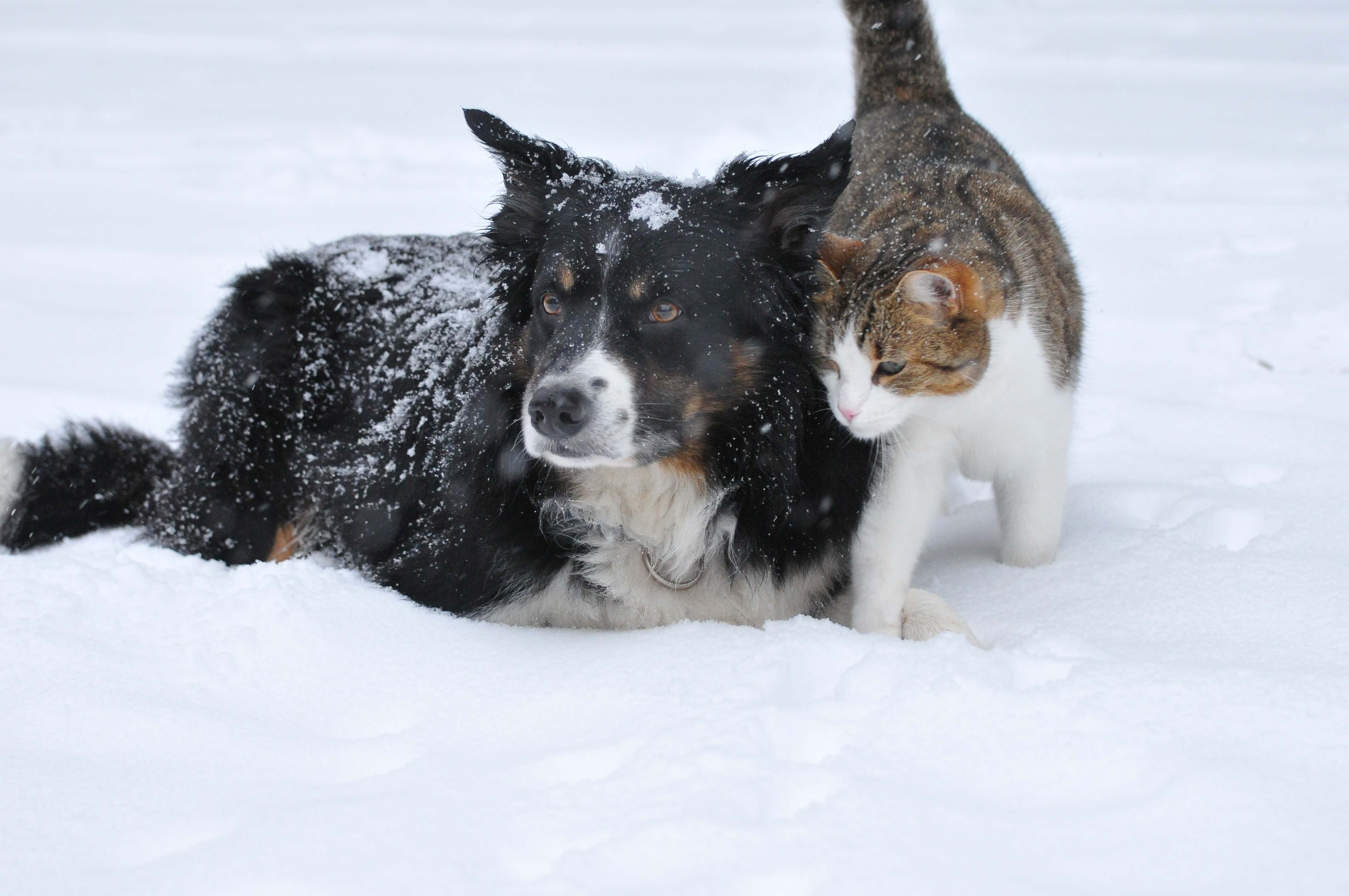Diabetes in humans can either be inherited at an early age or developed later in life. Most people know diabetes as a disease which involves inadequate production or inability to use insulin. What many people may not know is that our pets are also vulnerable to developing diabetes.
National Diabetes Month
Originally created to raise awareness of the disease in humans, but as canine and feline diabetes are also on the rise. November is a great time to learn more about diabetes in pets. Symptoms in humans are not identical to the symptoms of diabetes in pets. But, like in humans, if left untreated, diabetes can cause the development of other health problems.
Diabetes in Cats & Dogs
Diabetes mellitus, the clinical name, is a condition that affects the concentration of glucose, a sugar, in pet’s blood. It results from a shortage of insulin or when the body has trouble using the insulin properly. Inside cells, insulin helps turn glucose into fuel. If there’s too little insulin available, glucose can’t enter cells. As a result, a diabetic dog or cat may want to eat constantly, but will appear malnourished because its cells can’t absorb glucose.
Signs & Symptoms in Pets
- Drinks more water than usual (polydipsia)
- Urinates more frequently, produces more urine per day, or has “accidents” in the house (polyuria)
- Always acts hungry (polyphagia), but maintains or loses weight
- Lethargy, poor coat condition, just not being himself
- Dogs may also have cloudy eyes
When evaluating your pet for diabetes, your veterinarian will ask about these symptoms and will check your cat’s general health. “It is important to perform a full exam on the dog or cat to rule out other possible infections or disorders.”says Dr. Christopher Angiello, co-owner of Hudson Animal Hospital in NYC. “Also, the pet’s urine should be tested for glucose and keytones.” These initial exams and tests may indicate further blood tests to confirm the diagnoses.
Management & Prognosis
The goal in managing your pet’s diabetes is keeping glucose concentrations regulated, and reducing or eliminating symptoms. Although it can’t be cured, diabetes is a highly manageable disease in pets with a commitment from the owner. Pets can live a long and happy life as long as the condition is managed with daily insulin injections and changes in diet and lifestyle.
If any of these statements describes your pet, speak with your veterinarian about the possibility of diabetes. This November, remember to pick up on abnormal signs—it just might be a step to prevention or early diagnosis.
If you live in the Upper West Side and need veterinary care for either emergency or non-emergency situations, call Dr. Yoshida or Dr. Christopher Angiello at the Hudson Animal Hospital: (212) 706-4088 or visit the website HudsonAHnyc.com
The post Pet Diabetes Awareness Month is November appeared first on Hudson Animal Hospital.

